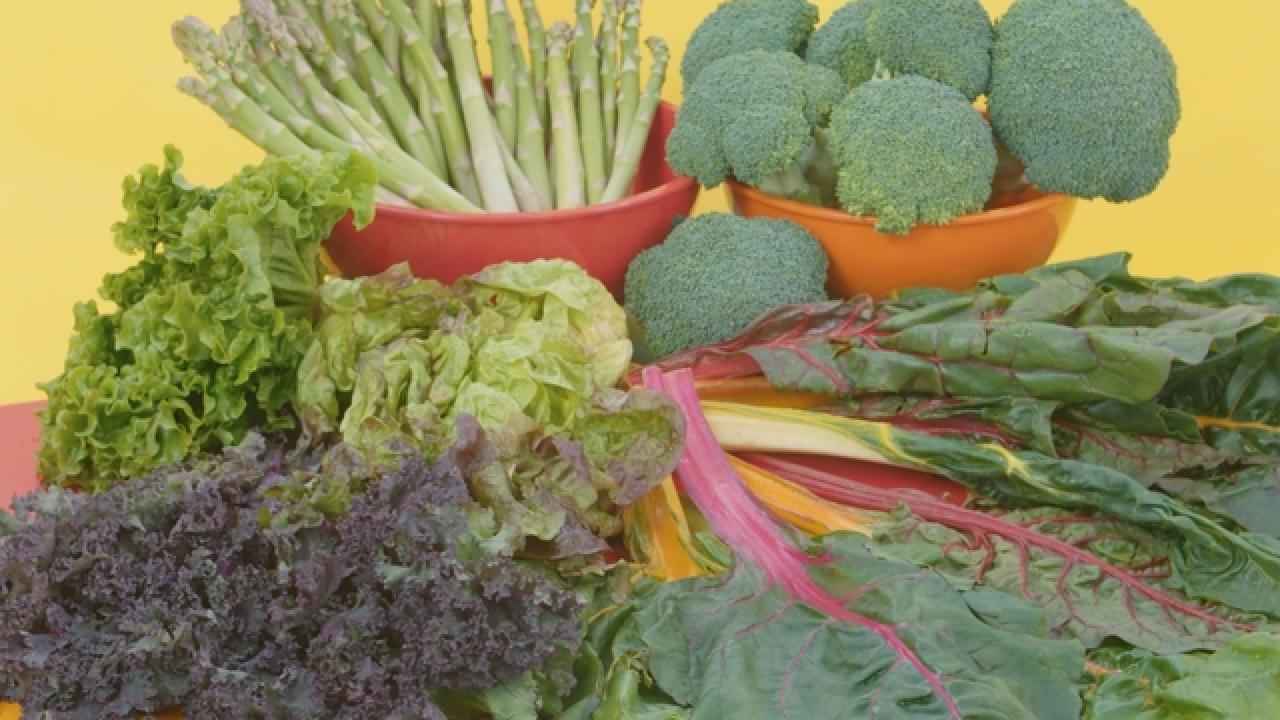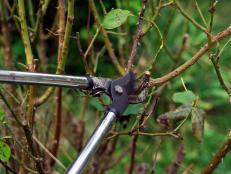How Long Does Asparagus Take to Grow?
This vegetable can rival a sloth for slowness. Learn two ways to hurry things up.

W. Atlee Burpee Company at Burpee.com

When a seed packet specifies 730 days to maturity, you know you’re looking at a plant that requires a long haul and, indeed, asparagus is like that. In fact, some might dub asparagus the sloth of the vegetable world, and few would argue.
A Plant That Takes Its Time
Here are some facts about how asparagus grows.
- Asparagus seeds can take 21 days — and even far longer — to germinate. A savvy gardener knows to not give up because young shoots may be about to emerge.
- The seedlings themselves require several weeks to reach two inches in height, the size right for transplanting into a growing bed.
- It takes three to four years for a young plant to develop the maturity needed to support annual harvests that last four to six weeks. Until then, one must harvest sparingly.
- A final metric to share is that at four years of age or older, an established asparagus plant can generally grow a half pound of asparagus across up to eight weeks. Ten plants are regarded as a good number to plant per person.
While asparagus may be a slow starter, it certainly has stamina. Once a plant matures, it can provide harvests for 20 or more years. And, in other ways, the plant is quite capable of speed. The young shoots that emerge in early spring can grow seven inches in a day. That’s not sloth-like at all.
Three Ways to Grow Asparagus
Speed also factors into the method one chooses to start asparagus plants. Growing from seed is the most economical way to establish plants, yet it also is the slowest and most labor intensive. Purchasing the young plants available each spring at garden centers gives you a faster start. Yet to truly make progress in this slow game, you can gain a year’s head start toward having a fully mature plant by purchasing and planting asparagus crowns. Crowns are the root base typically of one-year-old plants, and they’re readily available from mail-order sources if you’re unable to find them locally. Demand can be high, so place your order in fall if possible.
How to Plant Asparagus Crowns
If the idea of growing asparagus crowns appeals to you, this is how to do it.
- Plant crowns 18 inches apart in trenches.
- Dig the trenches 15 inches deep in well-draining soil.
- Fill the bottom three inches of the trench with compost and then add three inches of soil.
- Plant the crowns with roots at the bottom and cover with another three inches of soil.
- As the crowns send up shoots, add another three inches of soil.
- Keep the bed free of weeds and grass, and water when needed so the soil remains moist.

Here’s what to expect when growing a crown. A month after planting, many slim spears likely will have emerged from each crown, with some as tall as two feet. Four months out, the plants will have doubled in size and become bushy and full. In the next two years, each plant will ultimately grow to occupy four to five feet of space and will be dense enough to prevent weeds from developing.
Asparagus Varieties to Grow
Choices range from the latest hybrids to cherished heirlooms.
- ‘Jersey Giant,’ ‘Jersey Knight’ and others in the ‘Jersey’ series are vigorous growers that do well in cooler climates and offer good disease resistance. ‘Jersey Supreme’ is adapted to sandy soils.
- ‘Purple Passion’ does indeed sport eye-catching purple color and is fun to grow. Know that when it is cooked, the purple changes to green.
- ‘Millennium’ is a uniform grower that performs well in heavier soils.
- ‘Larac’ is an almost white French variety.
- ‘Apollo’ does well in both cool and warm regions and is highly disease resistant.
- ‘UC 157’ is disease resistant and adapted to warmer climates.
- ‘Atlas’ grows vigorously in hot weather and offers good disease resistance.
- ‘Viking’ is adapted for colder climates and is flavorful and tender.
- ‘Mary Washington’ is an heirloom that American growers have prized for more than a century for its traditional appearance, good flavor and the uniformity of its long green stalks.
- ‘Precoce D’Argenteuil’ is an old French heirloom that remains popular for its pale stalks and rose-pink tips, which can be blanched white.
Companion Plants That Suit Asparagus
You can optimize the health of asparagus plants by knowing which plants to grow near them and which to keep at a distance. Tomatoes, basil and parsley all grow well with asparagus, as do marigolds. When basil, parsley and calendula are planted among asparagus plants, the herbs serve as a trap crop for asparagus beetles to help keep the pests off the asparagus itself. Nasturtiums can help repel aphids and marigolds, whiteflies. The herbs also attract beneficial insects as do the seeds parsley drops. Asparagus does not favor root crops. Grow them elsewhere.

.-Battle-on-the-Beach-courtesy-of-HGTV.-.jpg.rend.hgtvcom.196.196.suffix/1714761529029.jpeg)











































